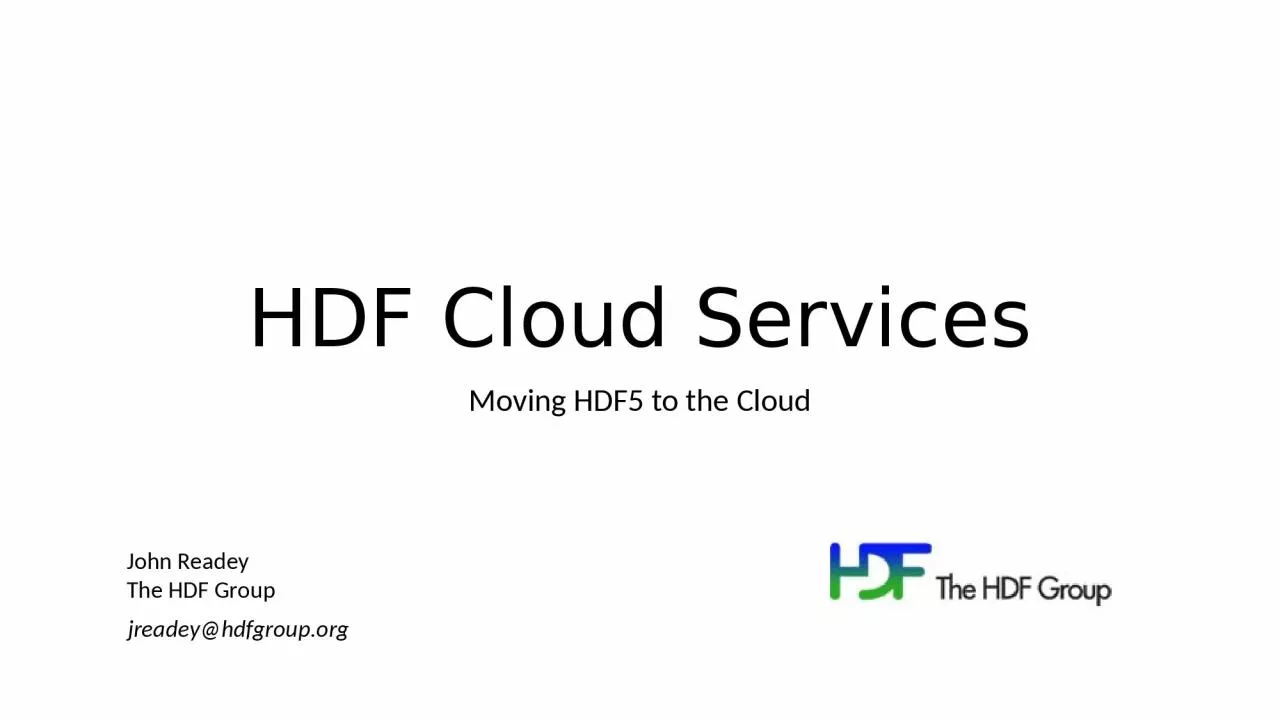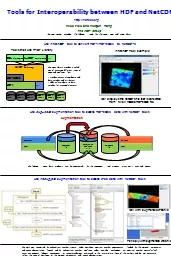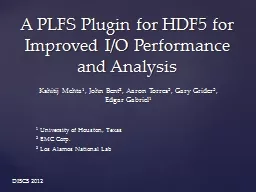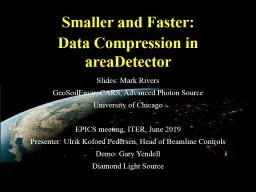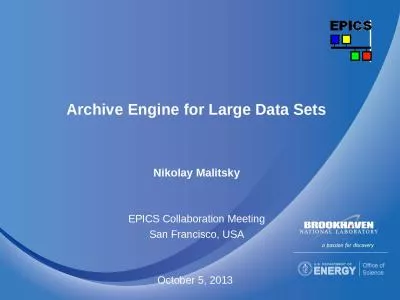PPT-HDF Cloud Services Moving HDF5 to the Cloud
Author : priscilla | Published Date : 2024-01-29
John Readey The HDF Group jreadeyhdfgrouporg Outline Brief review of HDF5 Motivation for HDF Cloud Services The HDF REST API H5serv REST API reference implementation
Presentation Embed Code
Download Presentation
Download Presentation The PPT/PDF document "HDF Cloud Services Moving HDF5 to the Cl..." is the property of its rightful owner. Permission is granted to download and print the materials on this website for personal, non-commercial use only, and to display it on your personal computer provided you do not modify the materials and that you retain all copyright notices contained in the materials. By downloading content from our website, you accept the terms of this agreement.
HDF Cloud Services Moving HDF5 to the Cloud: Transcript
Download Rules Of Document
"HDF Cloud Services Moving HDF5 to the Cloud"The content belongs to its owner. You may download and print it for personal use, without modification, and keep all copyright notices. By downloading, you agree to these terms.
Related Documents

